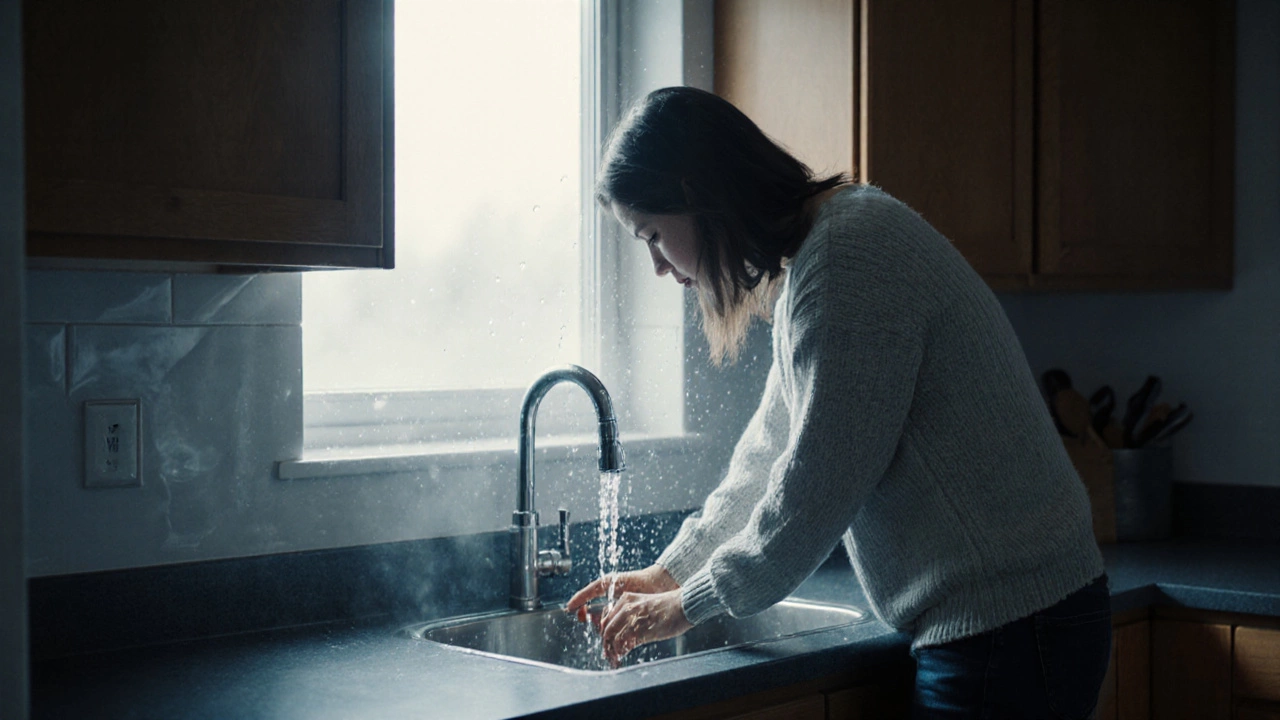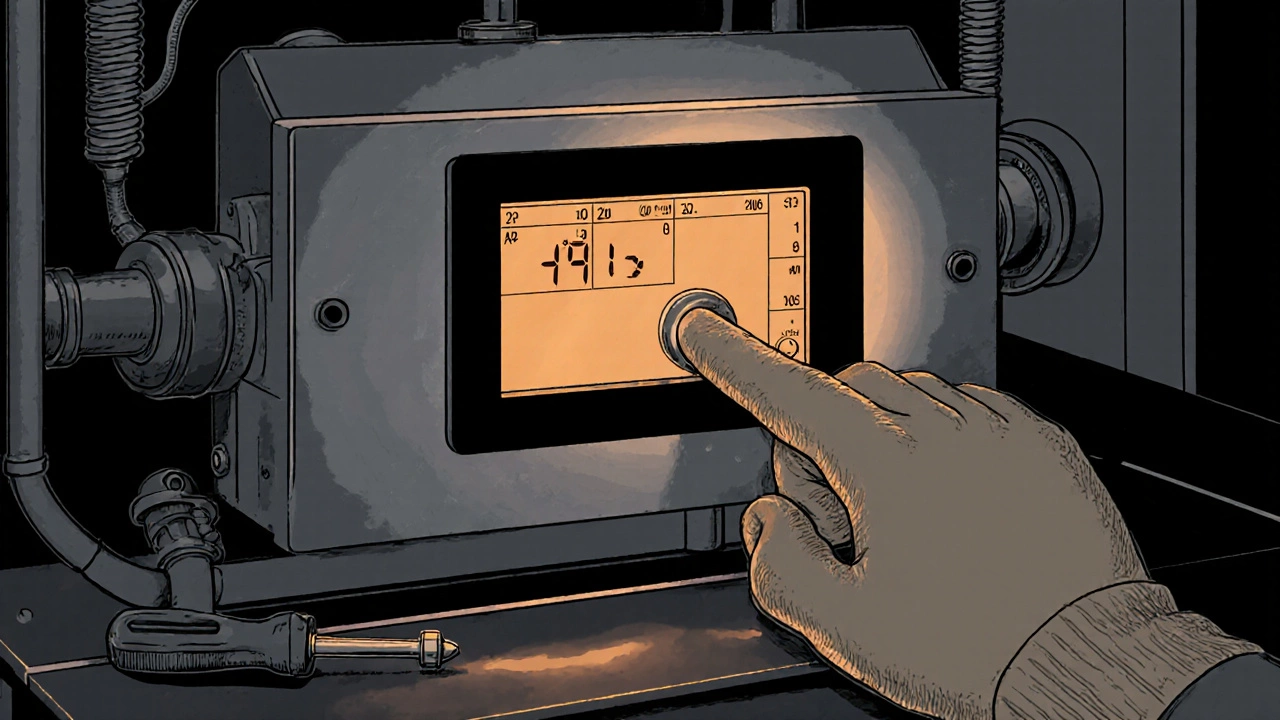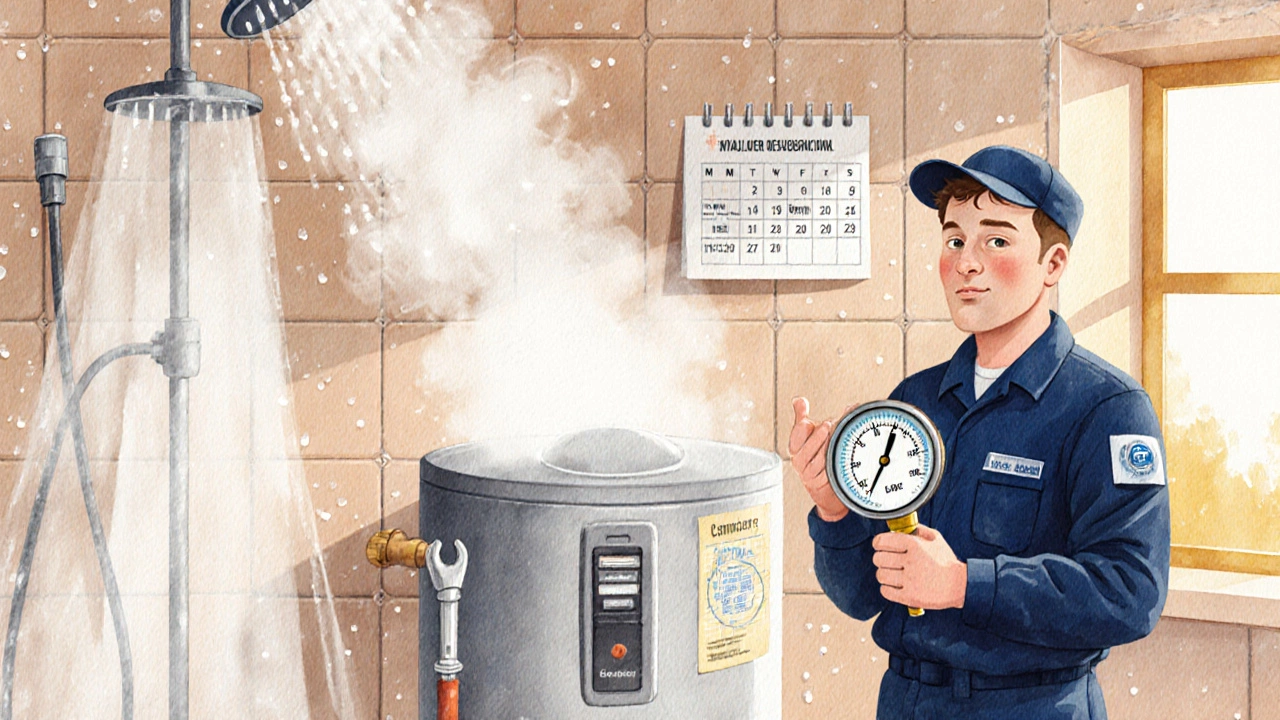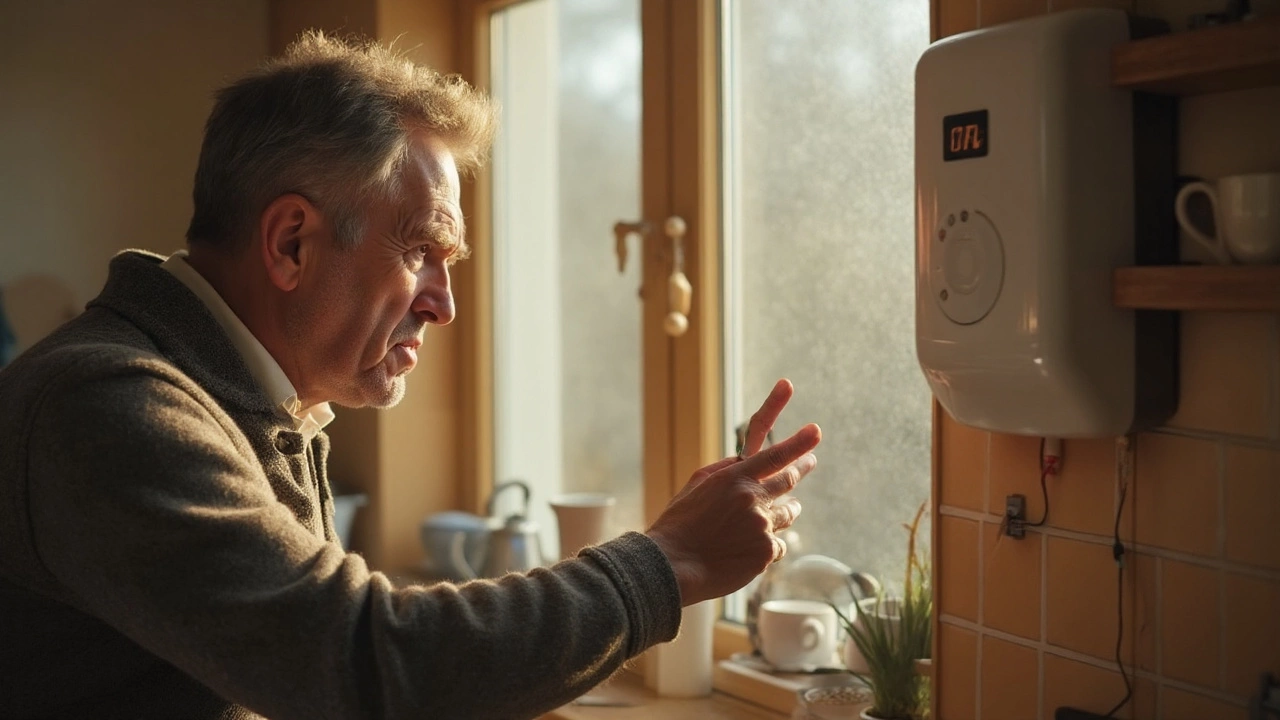
- 14 Oct 2025
- Gideon Thornton
- 0
Hot Water Troubleshooter
Quickly identify why your hot water isn't working with our step-by-step diagnostic guide
What is the main issue you're experiencing?
When the tap runs cold and you’re left shivering, the question on everyone’s mind is: no hot water. Understanding why this happens saves you time, money, and the headache of calling a plumber for a problem that might be solved in a few minutes.
No hot water is a common household issue where the hot water supply from a boiler or water heater fails to reach taps or showers. The problem can stem from a single faulty component or a combination of small issues that build up over time. In the UK, most homes rely on a boiler a sealed system that heats water for central heating and domestic hot taps, but portable water heaters stand‑alone units that store and heat water in a tank are also common in flats and holiday homes. Below we break down the most frequent cause and how to verify it before you grab the phone.
Job1 - Identify the Single Most Common Culprit
The leading cause of a cold water outage when hot water should be available is a faulty thermostat the device that tells the boiler or heater when to fire up and maintain a set temperature. If the thermostat is stuck on a low setting, or its sensor has failed, the system never reaches the temperature needed for hot water.
Why does the thermostat dominate the stats? A 2023 survey by the UK Home Heating Trust found that 38% of service calls for “no hot water” were traced back to thermostat mis‑calibration or failure. The component is inexpensive, sits in an accessible location on most modern boilers, and can be swapped in under an hour.
Job2 - Check Other Frequent Offenders
Even if the thermostat checks out, a handful of other components often masquerade as the root cause. Below is a quick reference table that matches symptoms with typical fixes.
| Cause | Typical Symptom | Simple Test | Basic Remedy |
|---|---|---|---|
| Thermostat | Water lukewarm or cold at all taps | Check displayed temperature; compare to set point | Reset or replace thermostat |
| Pilot light / Ignition | Clicking noise, no flame visible | Visual inspection of pilot (if gas boiler) | Relight pilot or service ignition module |
| Pressure valve | Low water pressure gauge (<1bar) | Read pressure gauge on boiler | Re‑pressurise system to 1.5bar |
| Sediment build‑up | Slow heating, occasional cold bursts | Check tank bottom for sludge | Flush tank annually |
| Heat exchanger fault | Hot water inconsistent, metallic taste | Temperature spikes on hot tap | Professional replacement |

Job3 - Step‑by‑Step Thermostat Diagnosis
- Locate the thermostat control panel on your boiler or water heater. It’s usually a rectangular unit with a digital display.
- Read the current temperature setting. For domestic hot water, the recommended range in the UK is 55‑60°C (130‑140°F).
- If the display reads below 45°C, raise it to the target range and wait 10‑15minutes for the system to respond.
- Turn on a hot tap. If water reaches the set temperature, the thermostat was simply set too low.
- If the temperature remains unchanged, turn the boiler off, let it cool, then turn it back on. Some thermostats need a reset after a power loss.
- Should the problem persist, remove the thermostat cover (ensure power is off) and inspect the wiring for loose connections or corrosion.
- Swap the thermostat with a known‑good spare or a compatible replacement model. Re‑connect wiring, restore power, and test again.
Safety tip: Always turn off the gas supply and electricity before handling internal components. If you’re unsure, call a qualified heating engineer.
Job4 - When the Thermostat Isn’t the Issue
If the thermostat test shows it’s working, move on to the next suspects. The following checklist helps you rule them out quickly.
- Pilot light or electronic ignition: For gas‑fired boilers, a missing flame means no heat. Follow the manufacturer’s relighting instructions; if the flame won’t stay lit, the thermocouple may be faulty.
- System pressure: Low pressure prevents the pump from circulating water. Add water via the filling loop until the gauge reads 1.5bar (when cold).
- Air in the system: Air pockets can block hot water flow. Bleed radiators and the feed‑in pipe to release trapped air.
- Sediment in the tank: Over time, minerals settle and insulate the heating element. Drain the tank fully, flush with clean water, and refill.
- Faulty circulation pump: If the pump makes grinding noises or doesn’t run, hot water may never reach the taps. Verify power to the pump and listen for operation.

Job5 - Pro Tips to Prevent Future Cold Showers
Even after you fix the immediate problem, a few maintenance habits keep hot water reliable year after year.
- Schedule an annual boiler service. A certified engineer can test the thermostat, pressure valve, and heat exchanger before they fail.
- Install a magnetic water filter on the inlet to the water heater. It captures rust and scale that cause sediment build‑up.
- Keep the thermostat’s firmware up to date. Manufacturers release patches that improve temperature accuracy.
- For combi boilers, set the “Eco‑mode” temperature no lower than 55°C; lower settings save energy but increase the risk of legionella and cold water.
- Consider installing a thermostatic mixing valve on the hot water outlet. It protects against scalding and ensures a consistent temperature.
Job6 - When to Call a Professional
Some scenarios are best left to experts. If you encounter any of the following, arrange a service visit:
- Repeated thermostat failures after replacement.
- Visible leaks around the boiler or water heater tank.
- Unusual noises from the heating system (bangs, whistling).
- Error codes on the control panel that you can’t decode.
- Any gas‑related work - gas fitting must be performed by a Gas Safe registered engineer.
Professional services not only fix the issue but also provide a safety certificate, which is essential for rental properties in the UK.
Frequently Asked Questions
Why does my boiler have hot water but no hot water at the tap?
The boiler may be heating water for central heating but the domestic hot water circuit could be blocked by a faulty diverter valve or low system pressure. Check the pressure gauge and listen for the diverter clicking when you turn on a hot tap.
Can I reset my thermostat myself?
Most modern thermostats have a reset button or a menu option. Turn off the boiler, press the reset for 10 seconds, then power the system back on. If the temperature still doesn’t rise, the sensor may need replacement.
How often should I bleed radiators to keep hot water flowing?
Bleed radiators at least once a year, preferably before the heating season starts. If you hear gurgling noises or notice cold spots, bleed that unit immediately.
My water heater’s temperature gauge reads 75°C but the tap is still cold. What’s wrong?
A temperature sensor could be misreading, or a broken heat‑exchanger may be delivering heat to the tank but not to the outlet pipe. A professional inspection is recommended.
Is low water pressure the same as a faulty pressure‑reducing valve?
Not exactly. Low pressure can be caused by a leaky pipe, a failed pump, or an under‑filled system. A pressure‑reducing valve controls incoming mains pressure; if it’s stuck, it can also cause low pressure, but the symptoms differ.



